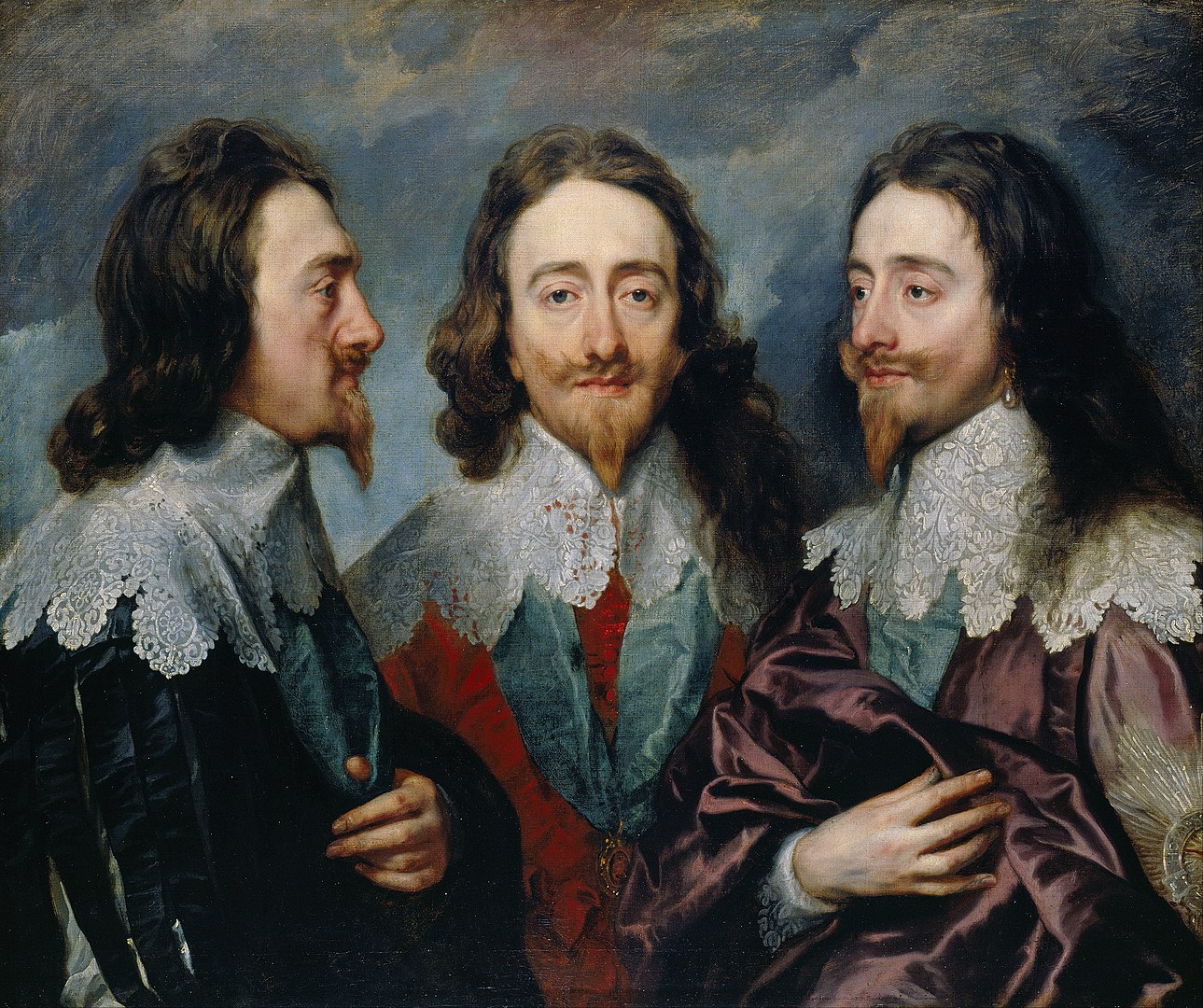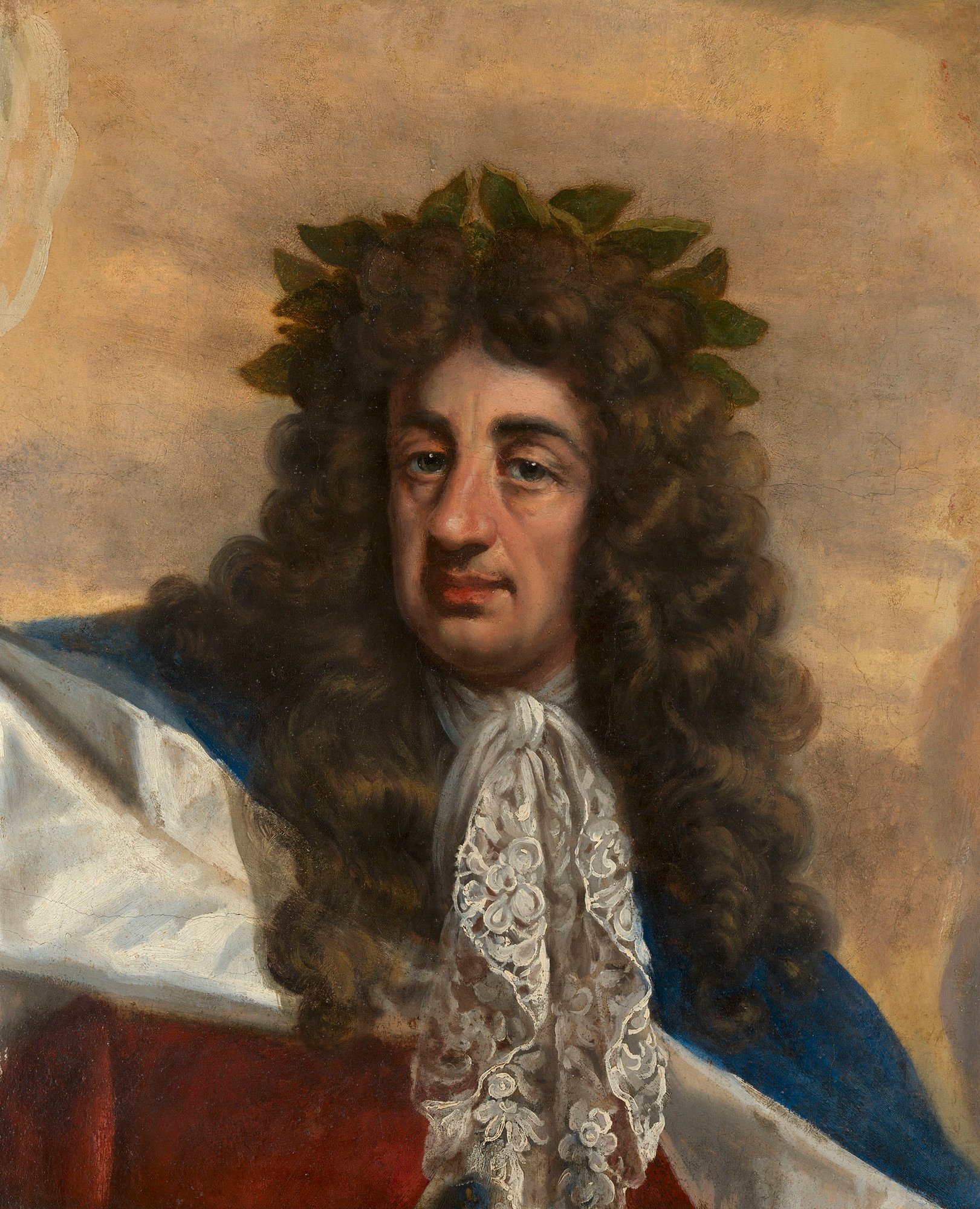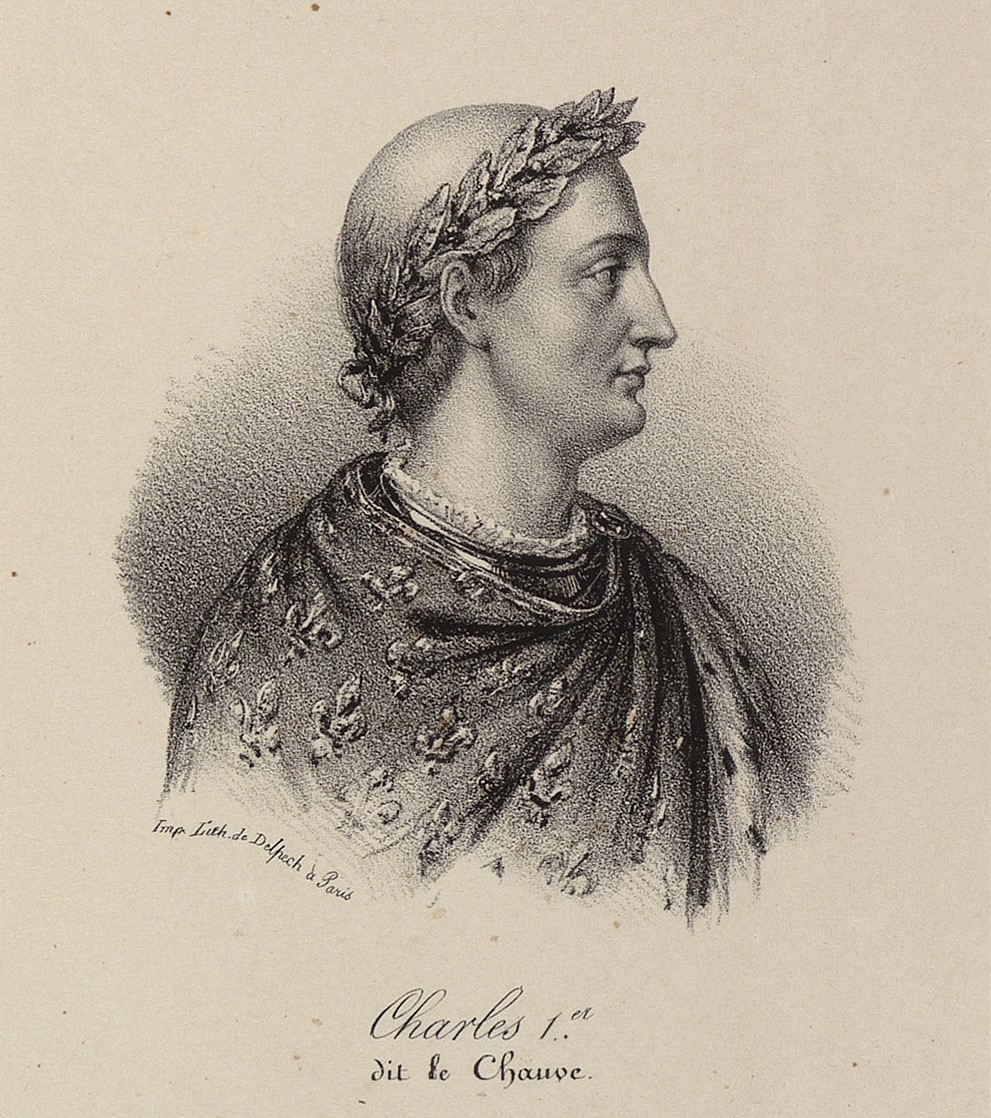During King Charles’ historic coronation ceremony, all eyes were on the head that wears the crown and, more precisely, on that head’s Pantone Cool Gray #1-coloured tresses. Longtime hair-haver Charles III joins a proud lineage of British King Charleses, all of whom had more majestic hairstyles than the newly crowned sovereign.
Home audiences were anxious to see whether Charles III would adopt a signature coiffure to mark his elevation to the status of monarch. Popular speculation favoured a dramatic undercut that would signify his continuing commitment to modernization and water conservation, although some suggested the king might shake up his stodgy public image with romantic extensions or a plucky pompadour. Despite the monarchy’s longstanding racial insensitivity, it was generally agreed that Bantu knots, cornrows, and Mohawks (known as Mohicans in the UK) were unlikely choices given today’s anti-colonialist political climate.
To the shock of royal watchers worldwide, however, Charles has made the surprising decision to keep the pedestrian wavy side part that was his trademark as crown prince. While his early adoption of the side-swept style served him well over the years by disguising his hair loss and general descent into decrepitude, the uninspiring hairdo gives Charles the least splendid locks of any of his royal namesakes to date, a national embarrassment that seems certain to lead to political unrest and, possibly, revolutionary war.
Charles I, a Stuart king who reigned from 1625 to 1649, was an early champion of avant-garde asymmetrical styles. Endowed with a thick mane of regal brown hair, Charles I was famous for his “lovelock,” which featured shoulder-length waves on the right and loose curls cascading down his left breast, towards his heart. Meant to represent devotion to a loved one, Charles I’s provocative haircut was a hit with the upper classes and substantially more stately than Charles III’s limp mop.

Charles I’s avant-garde, asymmetrical hairstyle led to civil war. Portrait by Anthony Van Dyck, 1635-36. Courtesy of the Royal Collection Trust, public domain.
Tensions escalated, though, as Charles I’s hairstyling became more and more experimental. The king’s lovelocked Cavaliers clashed with the dissenting Roundheads, who preferred a closely sheared, clean-cut look. Unable to find a middle ground between their two radically different hair lengths, the factions eventually erupted into civil war. The Roundheads won a decisive victory for the crop fade, and Charles I was tried and convicted of treason. On January 30, 1649, he was taken to a scaffold at Whitehall, and his offensive tresses were lopped off, along with the rest of his head.
In the wake of his father’s execution, Charles I’s son, Charles II, was leery of committing to any hairstyle and decided to hedge his bets by wearing wigs instead. Freed from the limitations of his own reportedly underwhelming thatch, Charles II had the court’s wigmakers craft him impossibly gargantuan rugs that left absolutely no doubt as to who was the biggest royal bigwig on the block. Dazzled by his magnificent mound of black curls, the English Parliament restored Charles II to the throne in 1660. The wigs also did wonders for Charles II’s love life by concealing the premature grays that were a sure sign of syphilis.

Lush periwigs hid Charles II’s prematurely graying hair, a symptom of syphilis. Portrait by Antonio Verrio, 1684. Courtesy of the Royal Collection Trust, public domain.
Charles III’s shamefully sparse tuft stands no chance of disguising venereal disease and calls the very future of the monarchy into question. Pundits have long debated whether the British crown will survive the death of Queen Elizabeth II, whose no-nonsense perm-set brought decades of stability to the empire. Although the queen’s controversial decision to stop dyeing her hair with beloved shade Chocolate Kiss in 1990 led to the resignation of then-UK Prime Minister Margaret Thatcher, Elizabeth’s strategic deployment of pillbox hats eased the transition to the new royal hue and eventually quelled the British youth riots of 1991-92.
The new monarch’s mediocre mane is unlikely to have the same power to unite the nation. But, although his locks stack up poorly against those of his predecessors, Charles III can take heart that at least his hair will always have one over on Carolingian king Charles the Bald.

Least likely to win Best Hair, Carolingian king Charles the Bald, who ruled France and Italy in the ninth century. Lithography by François-Séraphin Delpech, ca. 1820-40. Courtesy of the Royal Collection Trust, public domain.
————
 Ainsley Hawthorn, PhD, is an author and cultural historian who writes about forgotten events, curious folklore, and the surprising connections between past and present. She is a columnist for CBC, a blogger for Psychology Today, and a contributor to various publications. Her nonfiction anthology Land of Many Shores: Perspectives from a Diverse Newfoundland and Labrador (Breakwater Books) was named one of The Telegram’s Top Ten Books of 2021, and she received a 2022 Radio Television Digital News Award for Best Digital Opinion (East Region).
Ainsley Hawthorn, PhD, is an author and cultural historian who writes about forgotten events, curious folklore, and the surprising connections between past and present. She is a columnist for CBC, a blogger for Psychology Today, and a contributor to various publications. Her nonfiction anthology Land of Many Shores: Perspectives from a Diverse Newfoundland and Labrador (Breakwater Books) was named one of The Telegram’s Top Ten Books of 2021, and she received a 2022 Radio Television Digital News Award for Best Digital Opinion (East Region).
